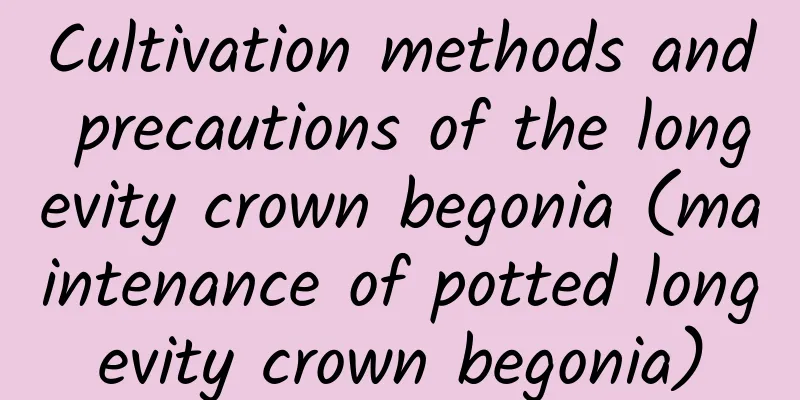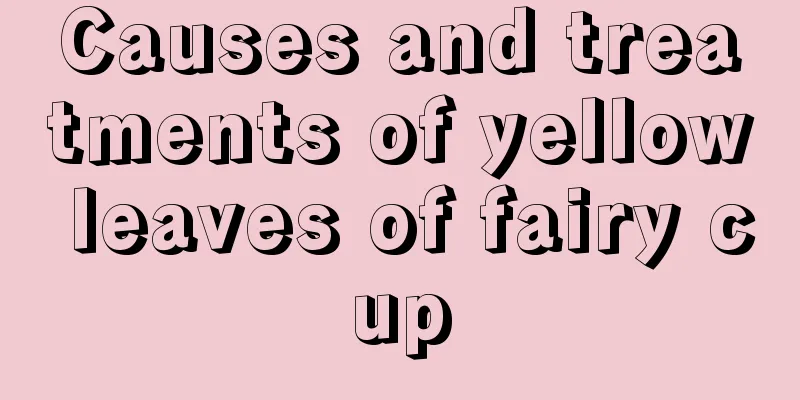Cultivation methods and precautions of cat's eye arrowroot

1. Breeding environment1. Soil: It is suitable for growing in soil with a relatively sparse texture. The soil must not be too sticky, otherwise it will be difficult for it to drain. Air permeability also needs to be considered. You can buy special planting soil, or you can mix it yourself at home. Using leaf mold mixed with coarse sand can meet the growth needs. 2. Light: It is suitable to grow in semi-shade under normal circumstances, but the importance of sunlight cannot be ignored. If there is no exposure to light for a period of time, the growth of the plant will become weaker and the black spots on the leaves will disappear. However, when exposed to sunlight, it cannot be exposed to the sun for a long time, otherwise the leaves will easily be burned. 3. Watering: This aspect is also very important. When the growth is vigorous, watering is needed in time, but the amount of watering needs to be controlled. If you water too much, water will easily accumulate in the pot and cause root rot. 2. PrecautionsAlthough it has relatively strong resistance and is less likely to be attacked by insects, it may cause pests such as red spider mites, scale insects and aphids during planting due to negligence in management or uncontrolled factors. |
>>: What to do if the leaves of cat's eye arrowroot turn yellow and dry
Recommend
Can Pepsi Cola be used to water flowers?
Pepsi-Cola watering flowers Pepsi can be used to ...
How to grow violets through leaf cuttings
1. Time The best time to use this method is after...
How to grow spider plants and green radish quickly? The master teaches you how to grow a waterfall!
Chlorophytum First of all, I would like to introd...
Why potted dragon fruit doesn't grow tall
reason temperature Dragon fruit is a plant that g...
What fertilizer is good for Chinese cabbage
What fertilizer to use for Chinese cabbage The ba...
The growth environment and temperature characteristics of wild rice stem
Wild rice growing environment and conditions Ziza...
Cultivation methods and precautions of false forsythia
Cultivation method of false forsythia Temperature...
Use this water to water the flowers, and the green ivy and Clivia will grow rapidly, and you will never need to buy nutrient solution again!
The fish tank wastewater is used to water the flo...
Can lily of the valley bloom multiple times a year? How to grow more flowers
1. Can it bloom multiple times a year? Lily of th...
If you plant flowers in the right place, you can gather wealth and ward off disasters. If you plant them in the wrong place...
Flowers for the living room Taboos for living roo...
How to fertilize net grass
1. Homemade Reticulated Grass Soil There are gene...
Why doesn't the potted Osmanthus fragrans bloom?
1. The term has not yet expired Reason: If you us...
How to germinate peach seeds? Planting method of seed germination
Peach seed germination method Method 1 : Select r...
How to prune walnuts
Walnut pruning time Walnuts can be pruned several...
How to grow golden chrysanthemum
1. Maintenance methods 1. Temperature: It is suit...









